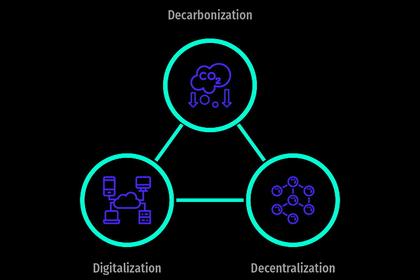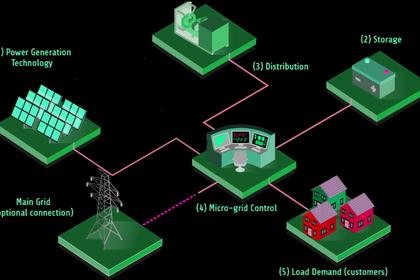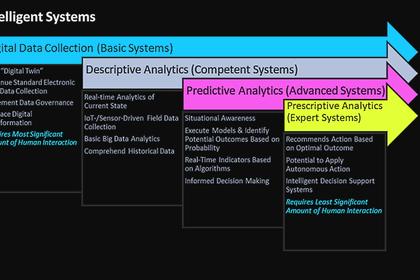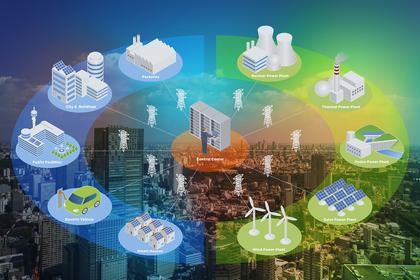
GRID DIGITALIZATION: BENEFITS AND CHALLENGES IN 2021
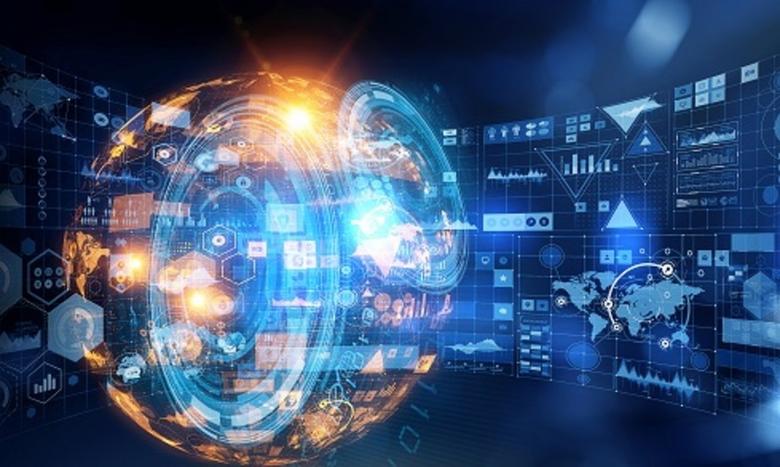
By Karen Marcus Freelance Business Writer Final Draft Communications, LLC
ENERGYCENTRAL - Jan 12, 2021 - As renewable energy sources become more prevalent, the grid must be updated to accommodate them. Shifting from the traditional grid, which was built for one-way distribution from utilities to customers, to a modern system that can take energy from and provide it to a variety of sources requires digitization. But, as this process is still new, utilities and other entities face numerous challenges even while realizing many benefits.
What Is Grid Digitization?
The modern grid, also known as the smart grid, is interconnected and automated, with many technologies involved, including artificial intelligence (AI), edge computing, and the Internet of Things (IoT).
In particular, “IoT interconnectivity gives…objects the ability to be sensed and controlled remotely across an existing infrastructure such as the Internet. It integrates real-world objects into computer-based systems,” according to T&D World.
Advanced metering infrastructure (AMI) technology makes use of the IoT and enables distribution systems to detect how much energy is being generated by various entities (such as homeowners and businesses, known as “prosumers” because they both generate and use electricity) and how to distribute it most effectively.
Digitization Benefits
These technologies and many others offer benefits as the power grid becomes smarter:
- Increased grid reliability and stability
- Increased operational efficiency for power utilities, leading to potential price decreases for customers
- Integration of renewable energy, supporting environmental health
- The rise of the prosumer and more engagement from utility customers
- More control for customers over their energy production and use
- Increased ability for utilities to manage peak demand periods
- Active partnership between utilities and customers
- Improved management of transmission assets
Digitization Challenges
However, a number of challenges also face utilities and other entities as they continue their transition to a smarter grid. DNV GL recently put out a study that found just over half of distribution network operators and even fewer transmission system operators have digitization as a core part of their publicly stated strategy; one third of the transmission and distribution industry considers itself less advanced than the wider energy industry in its application of digitization; and a good majority of respondents lack employees with the right combination of data and domain expertise. Additional challenges include the following:
- Lack of strategic planning
- Lack of overarching digital transformation scheme
- Inability to address security issues
- Inability to shift to a new business model
- Inability to modernize the customer experience and strengthen the partnership between utilities and customers
- Shareholder resistance if utilities are perceived to be selling less power as a result of increased efficiency
- Customer resistance, especially if new technology is perceived to be faulty or dangerous, or to increase costs
Grid digitization isn’t a once-and-done activity. It’s an ongoing effort that requires participation from utilities, customers, governments, regulators, and other entities. Initial smart grid efforts have been successful and can point the way for those still struggling to move in this important direction.
-----
This thought leadership article was originally shared with Energy Central's Digital Utility Community Group. The communities are a place where professionals in the power industry can share, learn and connect in a collaborative environment. Join the Digital Utility Community today and learn from others who work in the industry.
-----
Earlier:
